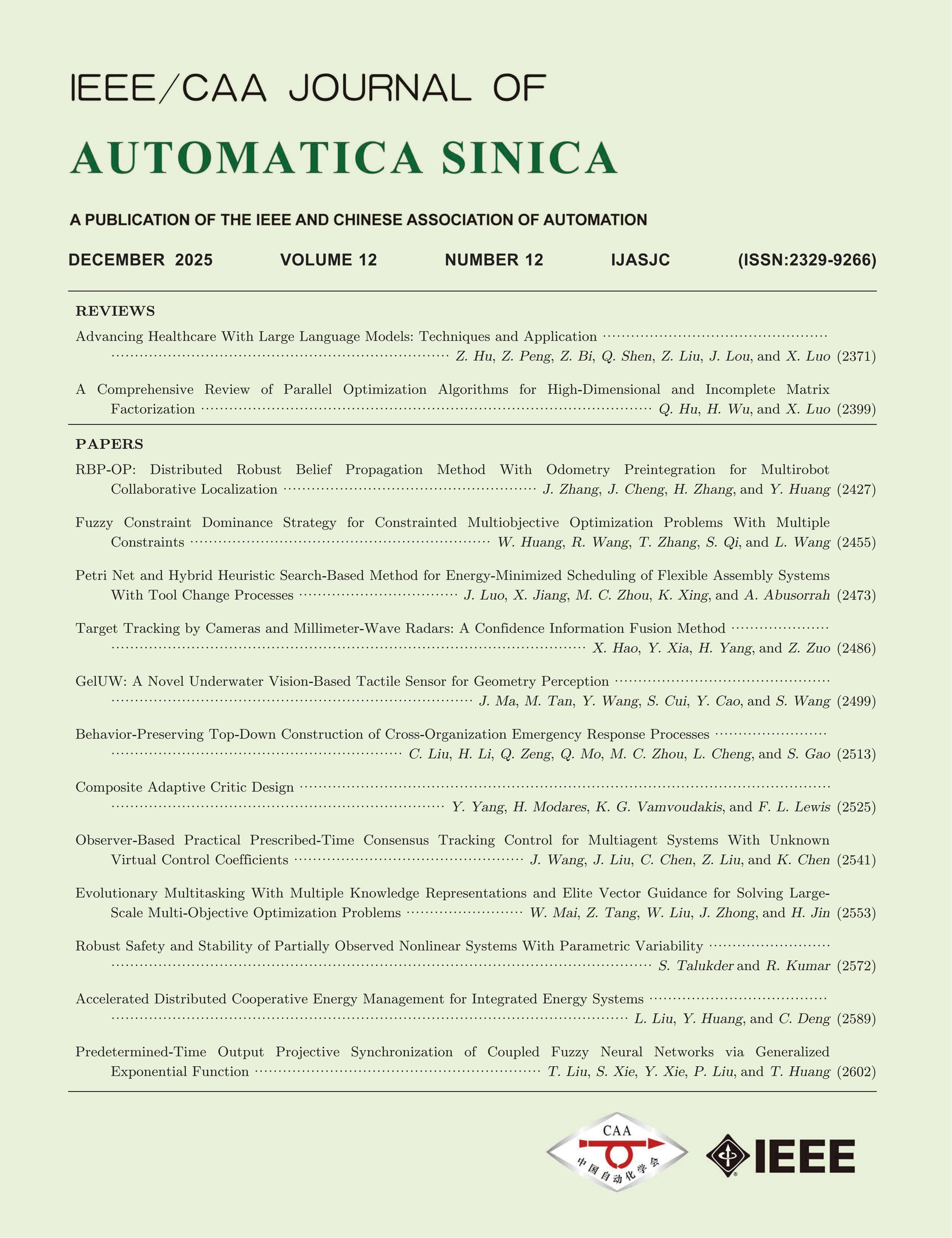Vol. 2, No. 1, 2015
column
Display Method:
2015, 2(1): 1-1.
Abstract:
2015, 2(1): 2-10.
Abstract:
2015, 2(1): 11-18.
Abstract:
2015, 2(1): 19-24.
Abstract:
2015, 2(1): 25-32.
Abstract:
2015, 2(1): 33-44.
Abstract:
2015, 2(1): 45-55.
Abstract:
2015, 2(1): 56-64.
Abstract:
2015, 2(1): 65-73.
Abstract:
2015, 2(1): 74-84.
Abstract:
2015, 2(1): 85-93.
Abstract:
2015, 2(1): 94-101.
Abstract:
2015, 2(1): 102-108.
Abstract:
2015, 2(1): 109-114.
Abstract:
2015, 2(1): 115-120.
Abstract:


 E-mail Alert
E-mail Alert


